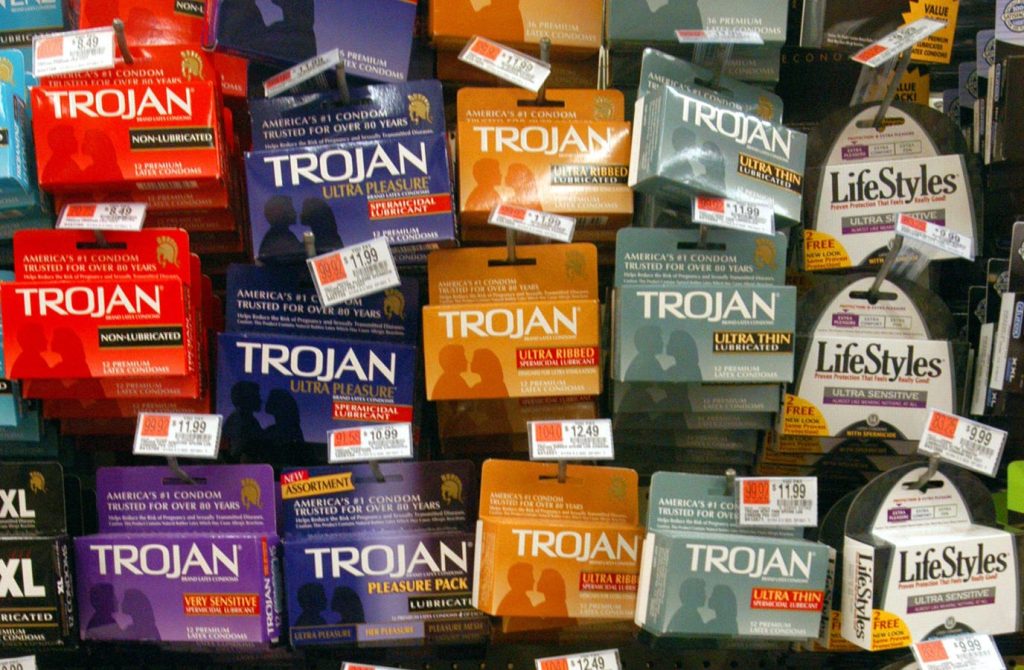Condoms aren’t expensive but giving them away to help reduce unwanted pregnancies is apparently a waste of cash, new research, distributed by the National Bureau of Economic Research, confirms what another study already revealed.
It matters because any spending on public health needs to show at least some value for money. In this case, there was precisely zero benefit in reducing unwanted pregnancies, and that broadly matches another study I reported on eight years ago in 2016.
Here’s what you need to know:
U.S. Teenagers Flub Free condom Test
The 2016 study, titled ‘The Incidental Fertility Effects of School Condom Distribution Programs,’ looked at the results of providing teenagers in U.S. high schools with access to free condoms. The idea was to see what happened to the pregnancy rate among those involved in the study. What happened was pregnancy rates increased by 10%. The short version of why it happened was many of the teens didn’t receive suitable education on how to use the condoms. As with so many things, it’s not enough to have a condom you need to use it in the correct way and with consistently.
Similar Results for Burkina Faso
Fast forward to the current situation and we see the results of a 3-year long free condom program offered to 14,545 households in Burkina Faso. The data were quite clear — during the period with access to free condoms nothing changed, nada, zilch.
“Women who were given free access to medical contraception for three years did not have lower birth rates; we can reject even modest effects,” the report states.
One thing we can say, is that it didn’t increase the pregnancy rate as had happened with American teenagers.
However, in the Burkina Faso situation there did seem to be a reason to offer free condoms.
Lack of Money prompted the Recent Research
Almost 40% of the women surveyed had an unmet need for contraception and 41% reported they couldn’t afford contraception. In turn the researchers concluded there was evidence that showed financial constraints may have been a barrier to using condoms.
As we know now that wasn’t the case. Which would in some ways mean it wouldn’t be cost effective to provide free condoms with the hope of reducing pregnancies.
However, the report did high light other issues regarding free contraception access. The report stated the matter this way:
- “Our results do not imply that efforts to improve access to modern contraception have no value. Reproductive freedom is an important right. For some women, even if not many, access to contraception enables them to reduce their fertility to their desired level. For others, it allows them to manage the timing of fertility more easily, if not better.” My emphasis.
That seems beyond reasonable, but the lack of success in reducing pregnancies does highlight the need for public health officials to focus on what goals they desire to achieve when spending tax-dollars. In the case of condoms, reducing sexually transmitted diseases is important and as mentioned above so is reproductive freedom.
“Family planning interventions, policies to promote economic development will likely be the larger driver of fertility decline in Sub-Saharan Africa,” the report states.
And indeed, from an economic viewpoint, it would seem to make sense to focus money on what will achieve the given goal.
Read the full article here

